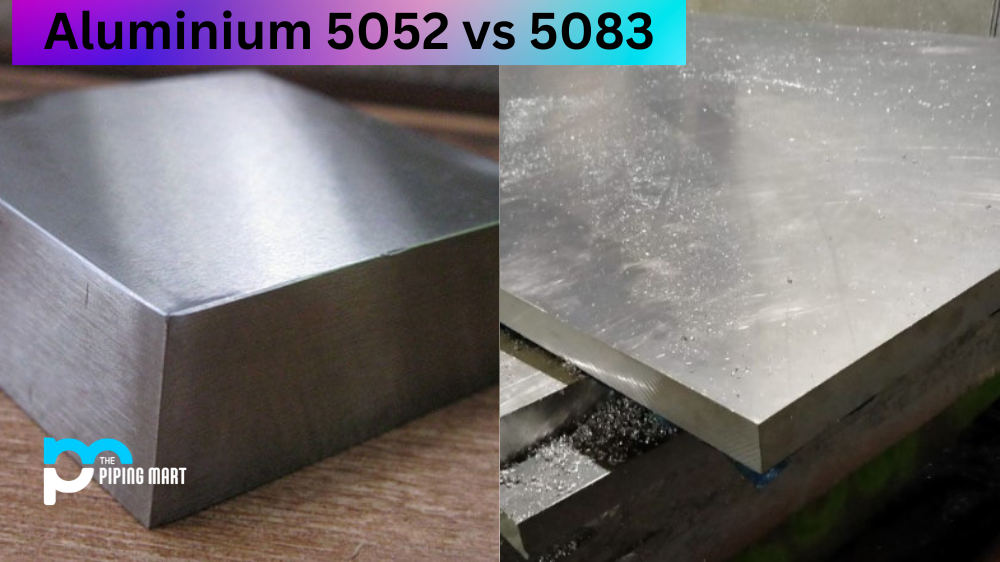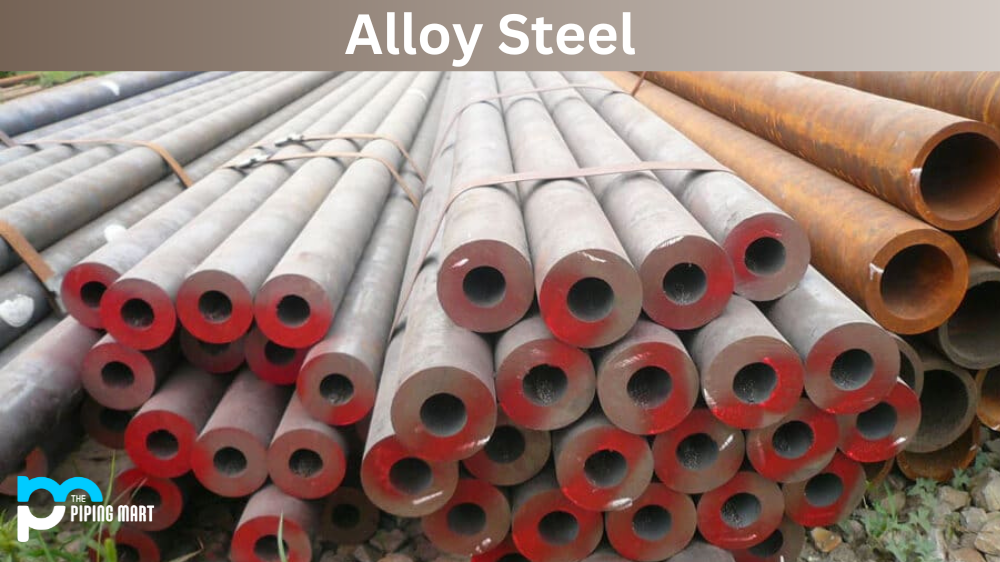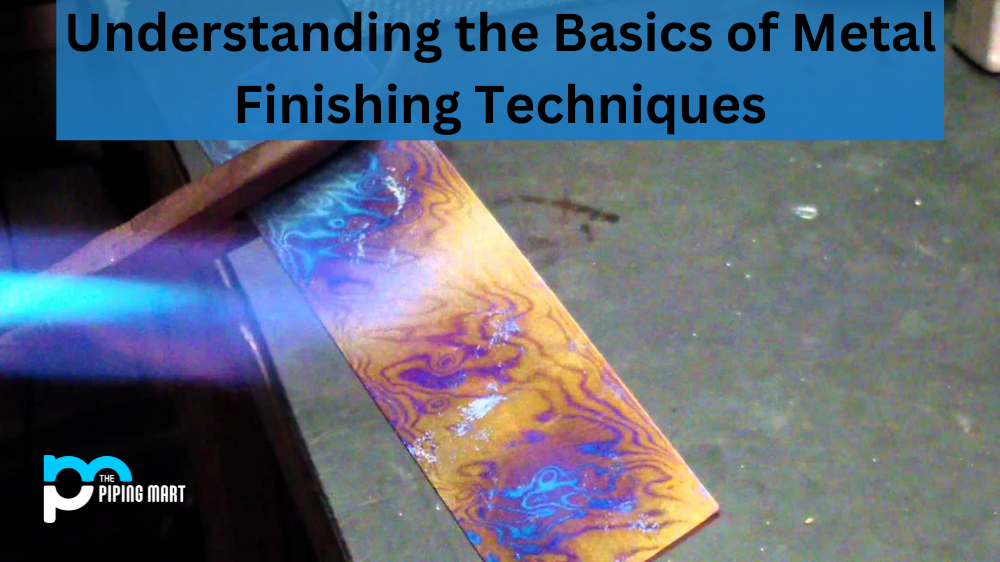When it comes to aluminium, there are a lot of options out there. Choosing the right one for your project can be tricky – especially if you’re comparing two very similar grades like 5052 and 5083. But don’t worry; this blog post will help you understand the differences between these two grades so that you can make an informed decision about which one is best suited to your project.
Aluminum 5052
Aluminum 5052 is a popular grade of the aluminium alloy due to its strength and durability. It has excellent corrosion resistance and weldability, making it ideal for use in marine applications and other outdoor environments where corrosion is a concern. The main advantage of using aluminum 5052 is that it offers superior tensile strength compared to other grades, giving it greater long-term durability. It also has good formability and can be easily extruded into complex shapes. Aluminium 5052 is an aluminum alloy that contains magnesium and chromium. It is known for its high strength and durability, making it a popular choice for a variety of applications.
Aluminium 5083
Aluminium 5083 is another popular grade of aluminum alloy, but it has some distinct advantages over its counterpart. Firstly, it has superior corrosion resistance to other types of aluminum alloys and can withstand exposure to saltwater without any major damage or degradation. It also offers superior formability over aluminum 5052, meaning that it can be easily worked into complex shapes with minimal effort. Finally, aluminium 5083 is highly ductile – meaning that it can deform under compressive stress without breaking – making it ideal for use in applications where high levels of strength are required, such as aircraft frames and structural components. aluminum 5083 is an aluminium alloy that contains magnesium and manganese. It is known for its high strength and weldability, making it a popular choice for a variety of applications.
Difference in Composition
One of the main differences between these two alloys is their composition. aluminum 5052 contains more magnesium than aluminium 5083. This gives it higher strength and durability. However, aluminium 5083 contains more manganese, which gives it better weldability.
Difference in Applications
Due to their different compositions, these two alloys have different applications. aluminum 5052 is typically used in applications where high strength and durability are required, such as in the automotive industry. aluminum 5083 is typically used in applications where weldability is important, such as in the construction industry.
Difference in Price
Another difference between these two alloys is their price. Aluminium 5052 is typically more expensive than aluminium 5083 due to its higher strength and durability. However, aluminum 5083 may be more expensive depending on the specific application due to its better weldability.
Conclusion:
Both aluminum 5052 and 5083 have their own unique advantages depending on the application they are being used for. If you need an alloy with superior tensile strength, then aluminum 5052 may be a better choice, while if you require superior formability or corrosion resistance, then aluminium 5083 may be the better option. Ultimately the choice will come down to what specific requirements your project needs, as both these grades have their own unique strengths and weaknesses that must be taken into consideration before making a final decision.
Sakshee is a talented blogger, with a particular focus on the Business and Metal Industry. She is passionate about sharing her insights on various metal products and helping professionals to make a better decisions.




